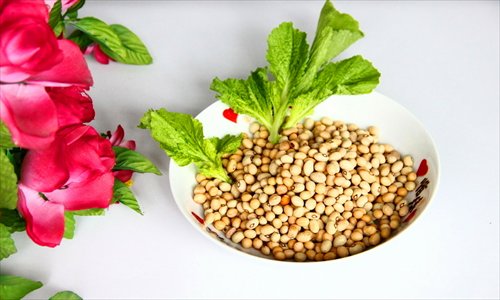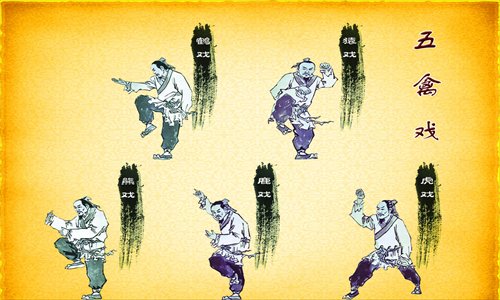Climate-change customs
Editor's note
The ancient Chinese created an agricultural solar system - still in use today - that is based upon their observation of crops, climate, astrology, and the study of animal and plant life cycles. The system guided farmers as to when to sow seeds and when to harvest them, and this system has now been in place for more than 2,000 years.
Today, with advances in science and technology, agriculture depends less on this ancient wisdom. But this seasonal calendar still operates as a reference guide for gourmands to seek out the best times for seasonal delicacies and for health experts to plan nutritious diets.
In a single year, the system features 24 "solar terms," each lasting one day and occurring every two weeks. Each has its own name and characteristics. The Global Times is presenting a weekly series examining which foods and delicacies are best enjoyed during these periods, as well as tips on preserving general health.

Jingzhe, the third solar term in the traditional Chinese agricultural solar system, is probably the "loudest" of all the 24 solar terms. The word, jing, is a verb, meaning to awake or to startle; while zhe, a noun, refers to hibernating animals. According to traditional Chinese farming culture, after entering jingzhe, thunderstorms become more frequent, and this is said to wake the hibernating insects and animals, reminding them that the weather is getting warmer and that they must wake up to start a new year's work.
Jingzhe usually begins when the sun reaches the celestial longitude of 345 degree and ends when it reaches the longitude of 360 degree, this year falling on March 5 and ending on March 20.

Inevitable hunt
After entering jingzhe, all kinds of insects, whether beneficial or pests, will awake and start their inevitable hunt for food, often close to and within human habitations. And on account of this, various culinary habits have sprung up in different parts of China. In Shandong Province, for example, people like to make a fire in the middle of the courtyard to bake pancakes. But it's also believed the smoke will kill the resurgent pests. And in Shaanxi Province, people fry soybeans because they believe that the cracking and sparking sound of the beans symbolizes pest insects being boiled in the oil in the same way.
While in Shanxi Province, people eat pears at jingzhe because the Chinese pronunciation of the word pear, li is the same as the word that means, "stay away." This symbolizes that the pests should stay away.
Regardless of the scientific veracity of any of these customs, foods like soybeans and pears are both beneficial to people's health during jingzhe.
Soybeans are a good source of protein, and contain significant amounts of all the essential amino acids the human body needs. Eating soybean during jingzhe is especially good for people who are suffering from cardiovascular disease and bone-thinning illnesses, the symptoms of which are said to become more pronounced during this season. Eating soy is also said to reduce the risk of colon cancer.
Because of the changeable climate and temperatures during jingzhe, it is easy for people to feel cold and thirsty at the same time, which eating pears can help with. If you have the time, stewing a pear with rock candy is highly recommended, as it is said to moisten the lungs and alleviate coughs.
Limiting exercise
With respect to the overcast and rainy weather during jingzhe, people should avoid staying in dank and wet environments for a long time in order to avoid the risk of developing rheumatic arthritis. Strenuous out-of-doors exercise should also be limited, not only because of the serious air pollution, but also because it could strain the heart and liver, organs which are said to be relatively fragile at this time.
During the spring and summer, square dances are a popular outdoors form of exercise in Shanghai, often practiced by elderly people in groups. The simple and gentle movements are an ideal way to keep fit at this time of year.
In China, the Five-Animal Exercise, wuqin xi, is an ancient and still popular form of exercising during spring. It was said to have been invented during the Eastern Han Dynasty (25-220) and the name refers to the imitation to the daily movements of five animals: tiger, deer, bear, monkey and crane.
In fact, many movements of this exercise are similar to tai chi which can make the practitioner feel relaxed and peaceful both physically and mentally.